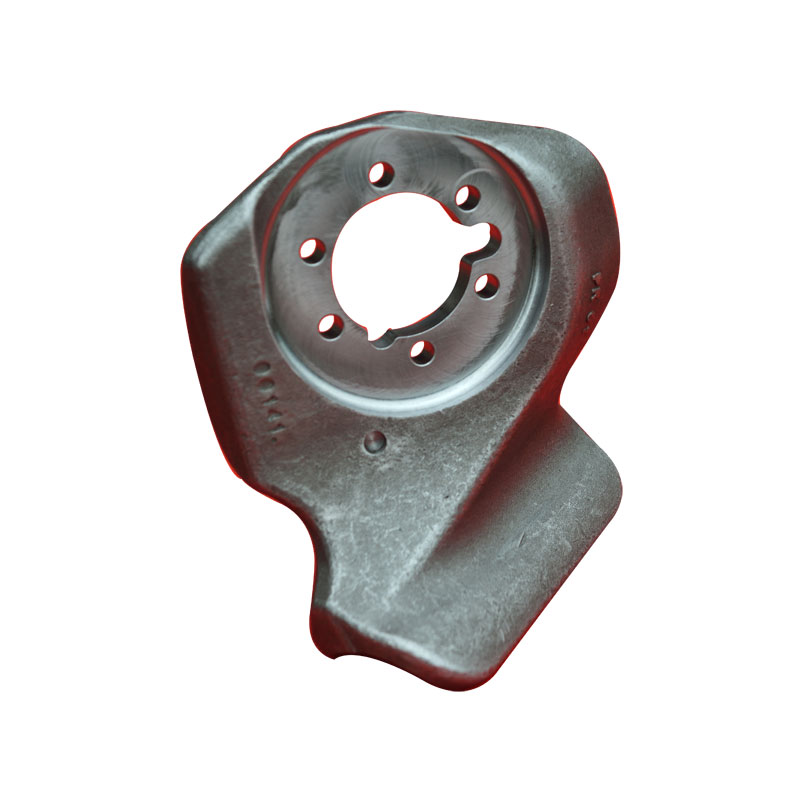What are the practical skills of finishing forging?
2022-05-24
Along with the development of The Times, in the industrial production of artifacts, forging precision demand is higher and higher, normal rough machining is difficult to meet the personalized needs of different clients, so most of the processing plant in the process of production of forgings, after the preliminary processing also tend to have semi-finishing and finishing steps, this will greatly increase the precision of artifacts from the, Improve the comprehensive competitiveness of enterprises. So what exactly is finishing? What are the skills of forging finishing?
First of all for everyone to clear up doubts, because a lot of friends who are new to this industry do not understand what is finishing, and why there will be primary processing and finishing.
The so-called forging finishing is a process of making the main surface of the workpiece meet the requirements of the drawing by using a special tool for more precise processing of semi-finished products. In the actual operation, there is no precision requirements of the parts, only rough processing can obtain the finished product; And for the parts with higher precision requirements need to set aside machining allowance in rough machining for further finishing.
First of all for everyone to clear up doubts, because a lot of friends who are new to this industry do not understand what is finishing, and why there will be primary processing and finishing.
The so-called forging finishing is a process of making the main surface of the workpiece meet the requirements of the drawing by using a special tool for more precise processing of semi-finished products. In the actual operation, there is no precision requirements of the parts, only rough processing can obtain the finished product; And for the parts with higher precision requirements need to set aside machining allowance in rough machining for further finishing.
Why can't a molding, and must be separated from the primary processing and finishing? This is because many of the workpiece is rough, hard shell and irregular end face. If the blank with different materials and different hardness is directly processed, it is easy to damage the tool, which will not only raise the processing cost but also affect the processing accuracy.




X
We use cookies to offer you a better browsing experience, analyze site traffic and personalize content. By using this site, you agree to our use of cookies.
Privacy Policy



